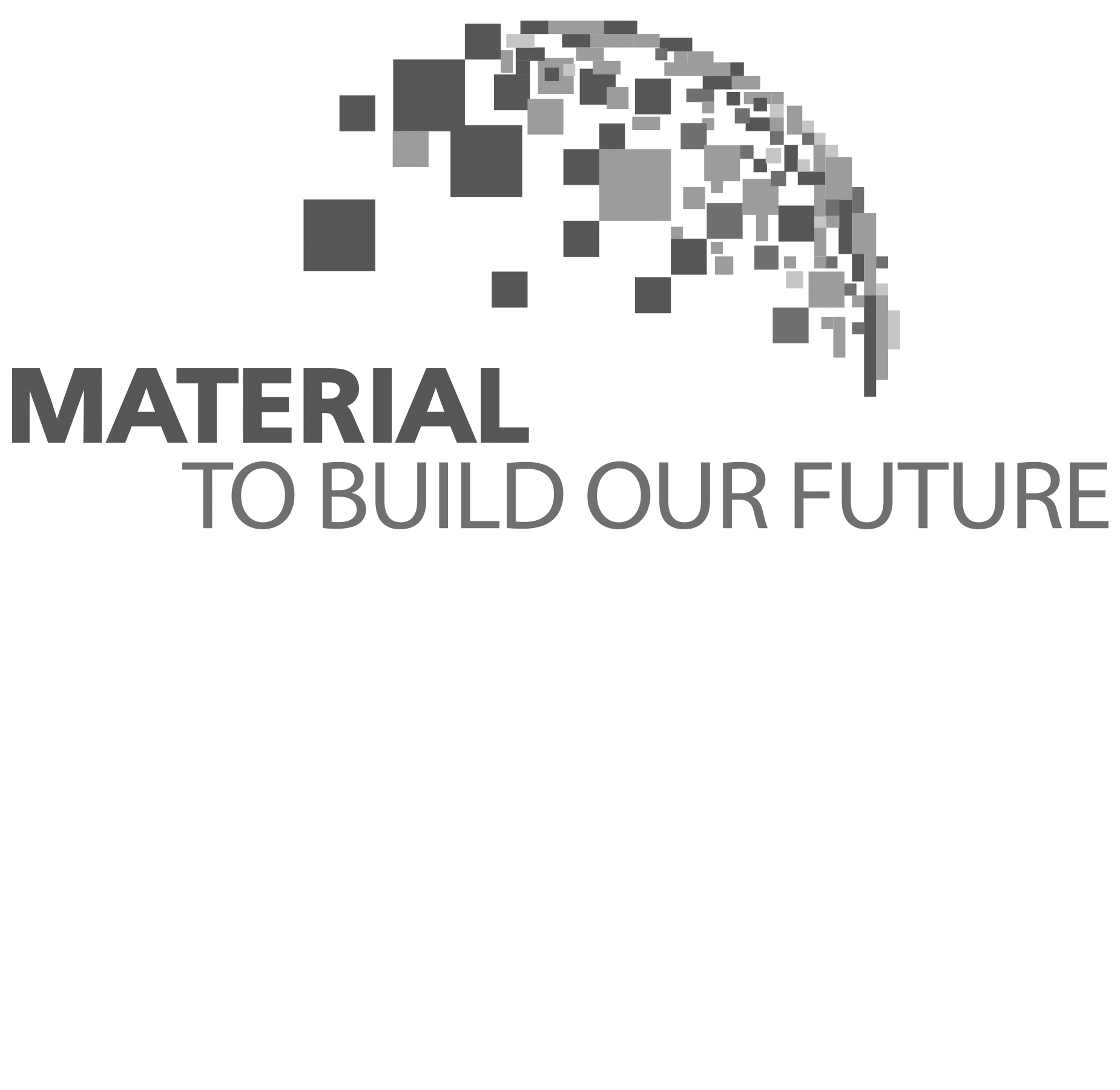
Embracing Digitalization in the Cement Industry
In a world where technology is adopted by virtually every industry, the cement industry has lagged when it comes to embracing digital technology - until now.
Continue Carbon Neutrality Efforts and Embrace Digitalization in the Cement Industry
Cement is an important product for humans. After portable water, it is the second most-consumed product globally. We use cement for building just anything, from houses to bridges, dams and dikes. Despite its versatility, cement is also one of the major contributors to global carbon emissions.
In a world where technology is adopted by virtually every industry, the cement industry has lagged when it comes to embracing digital technology – until now.
Efforts To Tackle Carbon Emission In The Cement Industry
The cement manufacturers will embrace digitization and continue carbon neutrality efforts to reduce its consequences on climatic change and build resilience. As public scrutiny of carbon emissions increases, scientists and governments have called for increasingly stringent greenhouse gas (GHG) emissions targets.
At the WCA Open Day that took place in London in June 2021, the President of the World Cement Association (WCA), Song Zhiping, urged global cement manufacturers to continue carbon neutrality efforts in the cement industry. He also talked about embracing digitalization in a keynote speech at the event.
Looking into the future, Mr. Song identified “carbon neutrality” and “digitalization” as two overriding priorities for the cement companies. He explained that CO2 emissions can be reduced through three key measures, namely decreasing fuel consumption, reducing power usage, and lowering the clinker factor. “I call on cement plants in all countries and regions, all WCA members including cement manufacturers, design and research institute to make joint actions to reduce carbon emissions. The task is challenging, but I am confident that we can do it well.”
With regard to carbon neutrality, the President of WCA recognized Anhui Conch, a WCA member, who has installed CCUS facilities at its Baimashan plant close to the Yangtze River in eastern China. The project separates and purifies 50,000t of carbon dioxide (CO2) per annum, which Anhui then sells to industrial consumers. Still looking at an alternative way of reducing carbon emissions, CNBM started recently to use CO2 emitted from cement plants to nourish plants in greenhouses.
Talking about the second industry priority, Mr. Song emphasized the importance of embracing and implementing digital technologies in the cement suppliers. This, he believes, will help to reduce operational costs, decrease manpower, and improve cement quality. According to Mr. Song, “The second priority for the industry is to advance digitalization […]Thanks to the ongoing technological progress, the cement industry has transited from automation to digitalization. Application of digital and smart technologies has helped to decrease manpower, make operation more accurate, improve quality and lower costs.”
Embracing Digitalization In The Cement Industry
Mr. Song spoke about CNBM’s operations in Zhejiang, Tai’an, and Zunyi, where the company has applied modern technologies that contributed to CO2 emissions reductions for three newly built lines. He also highlighted CNBM’s “On-line Drive Platform” as a typical example of an initiative that has transformed sales, demonstrating that the cement manufacturers are in line with the global digitalization trend.
Mr. Song further highlighted global cement volume which is nearly equal to what was recorded in 2019 (4.1 billion tons). Reflecting on this statistic was China’s cement suppliers’ performance. The Asian giant recorded up to 2.5% YoY which is 2.4 billion tons of cement.
Also in that event, Mr. Song showered praises on WCA members for a meeting during the pandemic and their effort of donating facemasks to cement companies in the countries most affected by COVID-19. He seized the opportunity to welcome more members furthering the development of the association. Moreover, he hailed climate partners for launching several new digital initiatives including webinars, member forums, networking, and knowledge sharing.
Wrapping Up
The good news is that cement manufacturers are subscribing to digital transformation. While this is a welcome development, it is recommended that actions are taken in a gradual, stepwise manner.
It is time for cement companies all over the world to embrace the latest technological trends and build up the resources for managing the initiative in a better and more quantifiable way.
